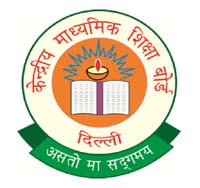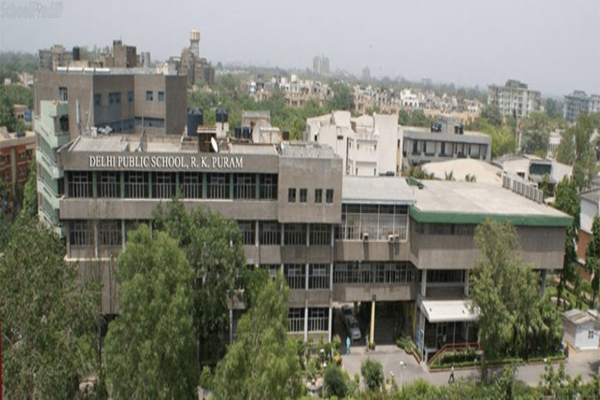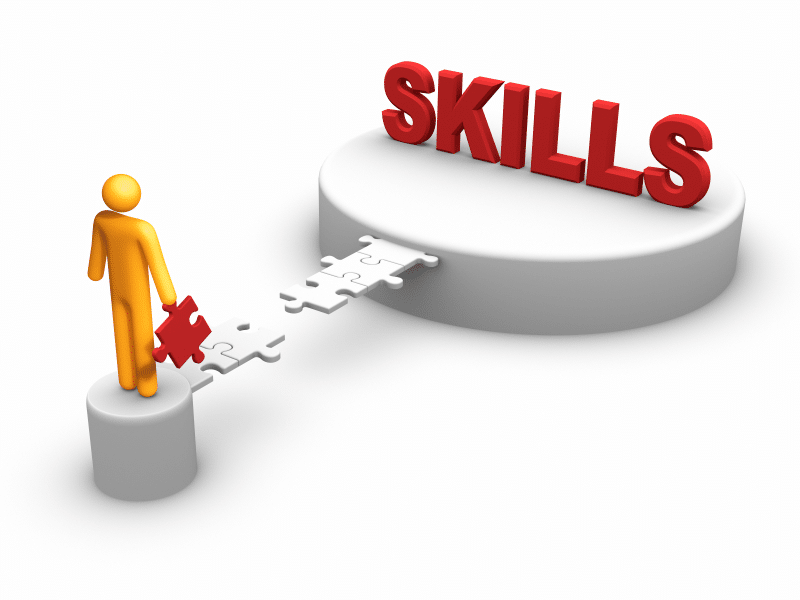 Bhopal based AISECT, Education, Training and Services Network, has partnered with the National Skill Development Corporation (NSDC) with a mission to skill around 1.3 million youth across semi-urban and rural India over the next 10 years. Under this alliance, AISECT will work as a national partner of NSDC to spread quality skill development training across the country and placement of students.
Bhopal based AISECT, Education, Training and Services Network, has partnered with the National Skill Development Corporation (NSDC) with a mission to skill around 1.3 million youth across semi-urban and rural India over the next 10 years. Under this alliance, AISECT will work as a national partner of NSDC to spread quality skill development training across the country and placement of students.
This ambitious skill development project will initially be carried out in the rural and backward regions of states like Madhya Pradesh, Chhattisgarh, Jharkhand, Bihar, Rajasthan, Uttar Pradesh, Orissa, Maharashtra and Punjab and will gradually be implemented across the country. As part of this alliance, AISECT’s skill development initiative will cater to seven of the twenty one priority sectors identified by NSDC. These sectors include IT&ITES, Electronics & Hardware, Banking & Financial Services, Teacher & Assessor Training, Textiles, Organized Retail and Agri Skills. These are the sectors which are estimated to have the highest contribution towards the requirement of skilled workforce in the country over the next ten years. Some of these sectors such as IT, Computers, Hardware and Teacher Training are those where AISECT already has tremendous experience of skilling people.
Commenting on this collaboration, Santosh Kumar Choubey, Chairman, AISECT Group said, “The unorganized sector is a critical part of the Indian economy. The extent of informal employment is estimated to be at about 450 million between 2008 & 2012 and this percentage will tend to remain at approximately the same level. This not only indicates the importance of the informal sector but also the importance of informal employment and the need for skill building therein. Through this partnership, AISECT, which has an extensive reach in the rural and semi-urban areas through a network of over 10,000 centres spread across 27 states and 3 Union Territories, will contribute significantly to the objective of carrying out skill development on a large scale in the unorganised sector. ”
Under this partnership, AISECT will also undertake massive “Training of Trainers” programme to improve the quality of skill training and to up-skill the technology utilization of trainers in training. The organization will also utilize nearly 6,000 Common Service Centres (CSCs) that it has set up at the panchayat level across Madhya Pradesh, Chhattisgarh and Punjab for skilling the youth. Moreover, skill development programmes will be linked with university education and AISECT will also endeavor to set up Vocational Academies or Skill Resource Centres within the two universities that the organization has set up in Madhya Pradesh and Chhattisgarh.
Placements and post-training hand-holding support is a big component of this project and AISECT will provide placement services – both online and offline – to the trained manpower. Placement efforts will be carried out at both National as well as regional level to ensure maximum placements for all trained candidates. As part of this partnership, AISECT would also work extensively on creation of quality e-learning material for candidates in all regional languages.
AISECT, having been involved in skilling and training for semi urban and rural India for the past 27 years and having skilled about 12 lakh students, has developed a fairly evolved understanding of the skill requirements across certain sectors. AISECT has, so far, executed large skill development, capacity building and e-governance projects for the central and state governments including Swarnjayanti Gram Swarozgar Yojana (SGSY), Sarva Shiksha Abhiyan, Common Service Centre Project, Indira Suchana Shakti Yojana, Swashakti Project, Tejaswini Project, Financial Inclusion Scheme and SRMS Project among others. This new partnership with NSDC is another step for AISECT towards reaching its goal of empowering rural India through ICT training, education and services.
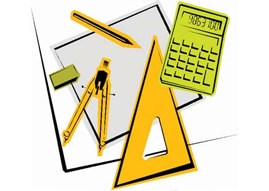 Punjab government is planning to launch a comprehensive plan for providing technical education to youth for the expansion and promotion of technical education in Punjab.
Punjab government is planning to launch a comprehensive plan for providing technical education to youth for the expansion and promotion of technical education in Punjab.








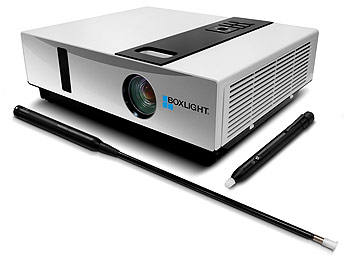
 Boxlight has unveiled five models in its new ProjectoWrite series that will meet the diverse requirements of its customers, be it a business executive, or an academician.
Boxlight has unveiled five models in its new ProjectoWrite series that will meet the diverse requirements of its customers, be it a business executive, or an academician.
 The Directorate of Correspondence Courses and Distance Education, Bangalore University, will be conducting contact classes at Government Arts College, K L E’s S Nijalingappa College, Government R C College of Commerce and Management for candidates who have registered for various undergraduate courses under the Open University Scheme at Directorate of Correspondence Courses and Distance Education for the academic year 2011- 12.
The Directorate of Correspondence Courses and Distance Education, Bangalore University, will be conducting contact classes at Government Arts College, K L E’s S Nijalingappa College, Government R C College of Commerce and Management for candidates who have registered for various undergraduate courses under the Open University Scheme at Directorate of Correspondence Courses and Distance Education for the academic year 2011- 12.
 The Visvesvaraya Technological University, Belgaum has signed MoU with Educational Consultants India Limited (EdCIL). EdCIL was established as a Public Sector enterprise by the Government of India in 1981, under the Ministry of Education and Culture. EdCIL is a nodal agency for arranging admission and placement opportunities for foreign students to pursue their higher studies and training in Indian educational institutions.
The Visvesvaraya Technological University, Belgaum has signed MoU with Educational Consultants India Limited (EdCIL). EdCIL was established as a Public Sector enterprise by the Government of India in 1981, under the Ministry of Education and Culture. EdCIL is a nodal agency for arranging admission and placement opportunities for foreign students to pursue their higher studies and training in Indian educational institutions.
 The Indian Institute of Management Kozhikode (IIMK) has organized four days workshop recently with the objective of fundamentally transform the education sector in India. The workshop has been organized for leading schools, school teachers, principals and educationists.
The Indian Institute of Management Kozhikode (IIMK) has organized four days workshop recently with the objective of fundamentally transform the education sector in India. The workshop has been organized for leading schools, school teachers, principals and educationists.
 Manipur education minister M Okendra Singh has announced monetary assistance of Rs 5 lakh to CBSE Class XII topper Mohammad Ismat and Rs 10 lakh to the management of his school – Zenith Academy, Imphal – in recognition of his extraordinary feat and the school’s sincere efforts to mould the boy to stand top among equals in the whole nation.
Manipur education minister M Okendra Singh has announced monetary assistance of Rs 5 lakh to CBSE Class XII topper Mohammad Ismat and Rs 10 lakh to the management of his school – Zenith Academy, Imphal – in recognition of his extraordinary feat and the school’s sincere efforts to mould the boy to stand top among equals in the whole nation.

 Bhopal based AISECT, Education, Training and Services Network, has partnered with the National Skill Development Corporation (NSDC) with a mission to skill around 1.3 million youth across semi-urban and rural India over the next 10 years. Under this alliance, AISECT will work as a national partner of NSDC to spread quality skill development training across the country and placement of students.
Bhopal based AISECT, Education, Training and Services Network, has partnered with the National Skill Development Corporation (NSDC) with a mission to skill around 1.3 million youth across semi-urban and rural India over the next 10 years. Under this alliance, AISECT will work as a national partner of NSDC to spread quality skill development training across the country and placement of students.